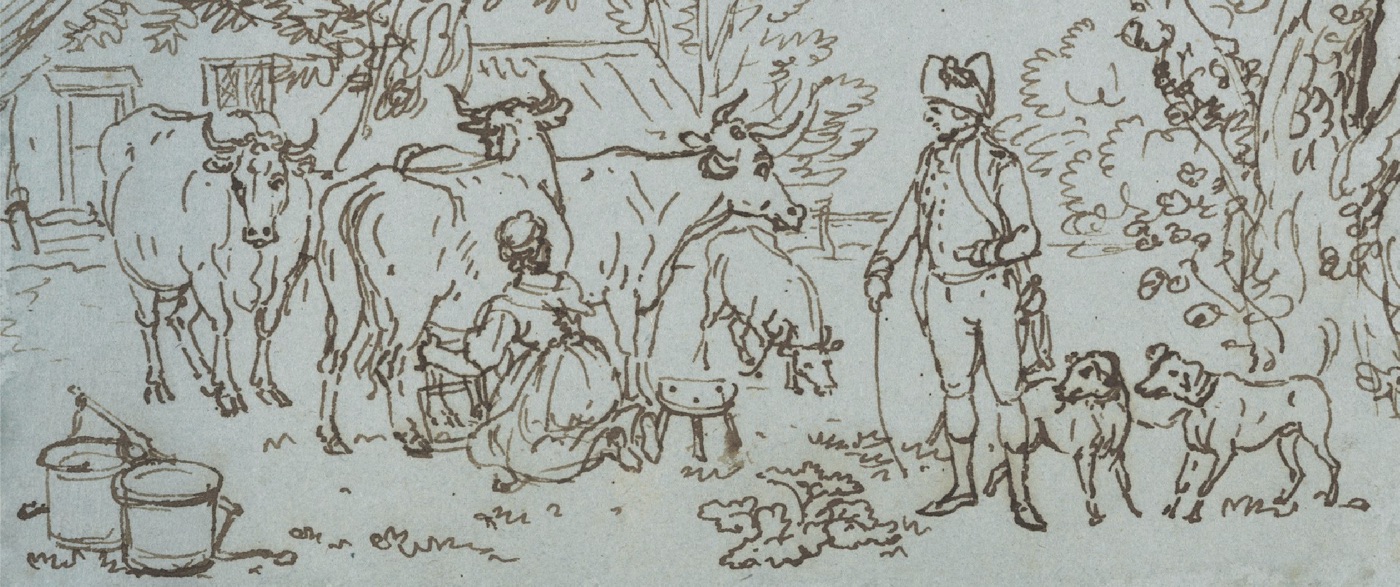
Podcast: Play in new window | Download (Duration: 37:35 — 34.5MB)
Subscribe: Google Podcasts | Spotify | Android | | More
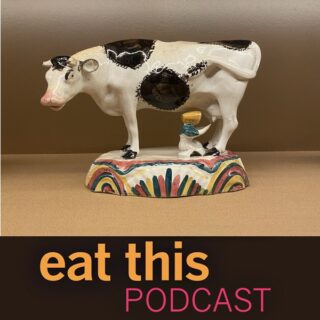 Anne Mendelson’s new book Spoiled is subtitled The Myth of Milk as Superfood, and at its core argues that while there’s nothing wrong with fresh milk, at least for those who can digest it as adults, the belief that you cannot have enough of a good thing has created a monstrous industry. Dairy farmers have always had the short end of the stick, because fresh milk is inevitably a buyers’ market. Cows have been manipulated to divorce them from any kind of natural life. And milk drinkers are being fobbed off with a tasteless white liquid reconstituted from its constituent parts and with no hedonic value. And for what?
Anne Mendelson’s new book Spoiled is subtitled The Myth of Milk as Superfood, and at its core argues that while there’s nothing wrong with fresh milk, at least for those who can digest it as adults, the belief that you cannot have enough of a good thing has created a monstrous industry. Dairy farmers have always had the short end of the stick, because fresh milk is inevitably a buyers’ market. Cows have been manipulated to divorce them from any kind of natural life. And milk drinkers are being fobbed off with a tasteless white liquid reconstituted from its constituent parts and with no hedonic value. And for what?
Mendelson places the start of the rot with George Cheyne, a Scottish physician whom she considers the original celebrity doctor. Partly as a result of avid personal networking, Cheyne became grossly obese. He was also often depressed, declaring that those “whose Genius is most keen and penetrating were most prone to such disorders”. Someone, Cheyne does not say who, told him about a Dr Taylor of Croydon, who had cured himself of epilepsy by a total milk diet. Cheyne visited Taylor, learned about the diet, and dedicated himself to it. He did lose weight, which he regained as soon as he loosened his dedication to milk, and in Bath and London hawked his diet to elite patients, who suffered “nervous complaints” that seldom troubled the lower orders.
It was the first fad diet, complete with celebrity fans and anecdotal miracle cures of nebulous ailments, and its core belief dominated subsequent expert ideas on nutrition and paediatrics. In our chat, we explored the wide range of effects triggered by the belief in milk as a superfood.
Notes
- Spoiled: The Myth of Milk as Superfood contains a lot more on Cheyne and how his influential patients helped promote the virtues of fresh milk.
- I was staggered by the claim that Chinese scientsts are engineering cows that do not produce lactose. I found one paper by Russian scientists, which seems not to have been cited by anyone. Yet. Also a vague connection to Boyalife, a Chinese biotechnology company, but no more.
- The transcript is here.
- Banner image a detail from Landscape with a Milk Maid and a Beau by Paul Sandby. Cover photo by me, taken at the Wellcome Museum’s exhibit on milk which is on in London till 13 September. I loved it.
 Huffduff it
Huffduff it

 Every aspect of large, industrial food creates a niche for people who want a less standardised alternative, and if the stars align you may have producers nearby who are willing to fill that niche. So it is with Big Milk. There are small dairies who offer fresh milk produced to the same exacting standards of hygeine without being further processed. Not raw milk (which also has its adherents and suppliers), but whole milk that has been pasteurised and nothing more. Almost as soon as I had published the episode on milk early last month, I was excited to come across an article about one such place, Saltrock Dairy in the southeast of Ireland. Saltrock operates a mobile vending machine from which customers can buy whole milk in recyclable bottles. I immediately made plans to talk to Cath Kinsella, whose brainchild it is.
Every aspect of large, industrial food creates a niche for people who want a less standardised alternative, and if the stars align you may have producers nearby who are willing to fill that niche. So it is with Big Milk. There are small dairies who offer fresh milk produced to the same exacting standards of hygeine without being further processed. Not raw milk (which also has its adherents and suppliers), but whole milk that has been pasteurised and nothing more. Almost as soon as I had published the episode on milk early last month, I was excited to come across an article about one such place, Saltrock Dairy in the southeast of Ireland. Saltrock operates a mobile vending machine from which customers can buy whole milk in recyclable bottles. I immediately made plans to talk to Cath Kinsella, whose brainchild it is.
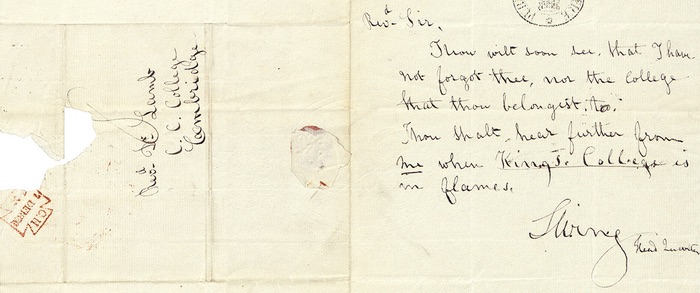
 In her latest book English Food: A People’s History, Diane Purkiss offers just that, an entrancing survey of what and how the English ate, with due recognition that “‘the English’ are not a single entity” and that the past necessarily illuminates the present. Impossible to cover all that in a single episode, or even several, we set out to explore what happens when the vast bulk of the English do not have enough to eat. Food riots are a recurring feature of rural life in England, often the result of bad weather and always exacerbated by the action — or inaction — of the ruling classes. As Diane told me at the outset, “it might be faster to talk about what rebellions don’t have a food element”.
In her latest book English Food: A People’s History, Diane Purkiss offers just that, an entrancing survey of what and how the English ate, with due recognition that “‘the English’ are not a single entity” and that the past necessarily illuminates the present. Impossible to cover all that in a single episode, or even several, we set out to explore what happens when the vast bulk of the English do not have enough to eat. Food riots are a recurring feature of rural life in England, often the result of bad weather and always exacerbated by the action — or inaction — of the ruling classes. As Diane told me at the outset, “it might be faster to talk about what rebellions don’t have a food element”.
 Anne Mendelson’s new book Spoiled is subtitled The Myth of Milk as Superfood, and at its core argues that while there’s nothing wrong with fresh milk, at least for those who can digest it as adults, the belief that you cannot have enough of a good thing has created a monstrous industry. Dairy farmers have always had the short end of the stick, because fresh milk is inevitably a buyers’ market. Cows have been manipulated to divorce them from any kind of natural life. And milk drinkers are being fobbed off with a tasteless white liquid reconstituted from its constituent parts and with no hedonic value. And for what?
Anne Mendelson’s new book Spoiled is subtitled The Myth of Milk as Superfood, and at its core argues that while there’s nothing wrong with fresh milk, at least for those who can digest it as adults, the belief that you cannot have enough of a good thing has created a monstrous industry. Dairy farmers have always had the short end of the stick, because fresh milk is inevitably a buyers’ market. Cows have been manipulated to divorce them from any kind of natural life. And milk drinkers are being fobbed off with a tasteless white liquid reconstituted from its constituent parts and with no hedonic value. And for what?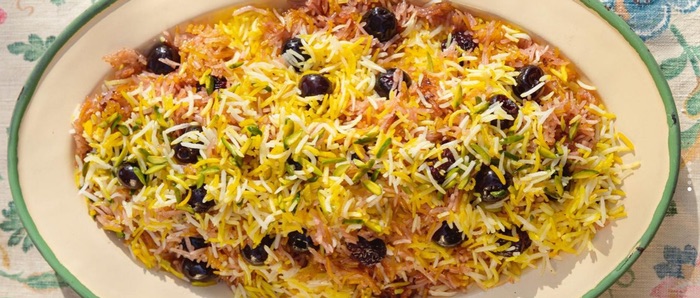
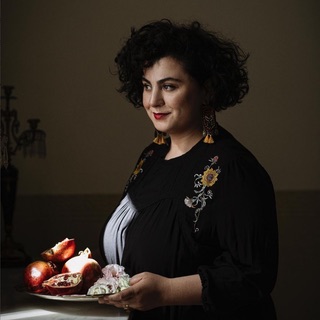 Saghar Setareh left Iran in 2007 at 22 years old. She came to Rome to study graphic design and photography. The way she tells it, when she arrived she “certainly didn’t have a particular passion for food”. Slowly, though, that passion developed, first for Italian food and then by extension for the food of her homeland. Her book, which emerged from her passion, shares stories and recipes from Iran, from Italy, and from all the countries in between, and it is simply gorgeous, showcasing her multiple talents: writer, cook, photographer.
Saghar Setareh left Iran in 2007 at 22 years old. She came to Rome to study graphic design and photography. The way she tells it, when she arrived she “certainly didn’t have a particular passion for food”. Slowly, though, that passion developed, first for Italian food and then by extension for the food of her homeland. Her book, which emerged from her passion, shares stories and recipes from Iran, from Italy, and from all the countries in between, and it is simply gorgeous, showcasing her multiple talents: writer, cook, photographer.